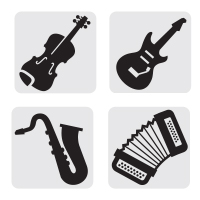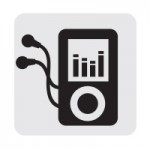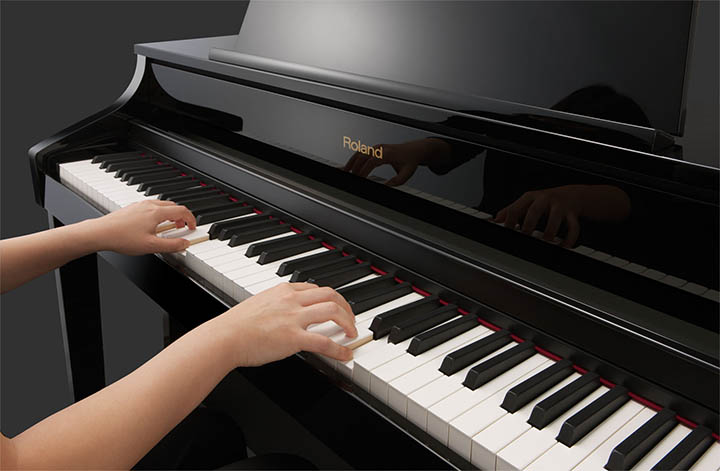Contributed by Roland UK Team
Choosing between a digital and an acoustic piano can be confusing. The acoustic piano has changed very little from the instrument of Cristofori’s day. There has been some tinkering with:
- key length
- hammer felt
- aesthetic changes to cabinet making.
On the other hand, digital pianos have undergone a huge transformation. Most importantly, improvements in:
- weighted keys
- improved timbres and
- inbuilt technologies to help keep playing interesting, fun and motivational
Understanding the differences between acoustic and digital can help you make an informed decision. This is true whether you’re an advanced player, a complete beginner or a parent investing in a piano for your child,
Choosing between an acoustic piano and digital piano
An acoustic piano produces sound with felt-covered hammers hitting steel-wire strings. A digital piano doesn’t use hammers. Instead it features electronic speakers to playback high quality recordings taken from the very best acoustic pianos.
 The touch of a piano is important to the player. Playing on stiff keys can be frustrating as can keys that are too light with no resistance. Digital pianos are able to simulate the weighted keys of an acoustic with seamless lifelike hammers. There is even the option on some digital pianos to adjust the touch sensitivity of the keys. This can be done to suit a player’s preference. Low touch sensitivity means the player has to press the keys harder to make them louder. High touch sensitivity means you don’t have to press as hard for the same loud result.
The touch of a piano is important to the player. Playing on stiff keys can be frustrating as can keys that are too light with no resistance. Digital pianos are able to simulate the weighted keys of an acoustic with seamless lifelike hammers. There is even the option on some digital pianos to adjust the touch sensitivity of the keys. This can be done to suit a player’s preference. Low touch sensitivity means the player has to press the keys harder to make them louder. High touch sensitivity means you don’t have to press as hard for the same loud result.
Digital pianos have a range of sounds available. You can switch between strings, church organs or harpsichord at the touch of a button. Some digital pianos let you split the keyboard. This allows one sound to be played at the bottom with a different sound at the top. This can make for a more expressive and varied performance. Learners often have fun experimenting with sounds.
Storing your digital or acoustic piano at home
When choosing between a digital and acoustic piano for your home, it’s important to think about where it’s stored. An acoustic piano needs to be in a room where the temperature doesn’t fluctuate. Changes in humidity can affect tuning. A digital piano doesn’t need tuning or maintenance so can be accommodated in any room regardless of temperature. Its portability also means you can move or relocate it without too much hassle. Acoustic pianos are usually very heavy so tend to stay put in one place.
The space available is also a consideration when choosing between a digital and acoustic piano. Digital pianos can be compact if there isn’t much space available. An acoustic piano is usually much larger and the sound can be compromised if positioned too close to a wall. Obviously, this requires even more space.
 Use headphones for playing day or night
Use headphones for playing day or night
The headphone connection on a digital piano removes any restrictions with early morning or late night practice sessions. Plugging in a set of headphones provides immediate and direct sound. Importantly, it also builds confidence by playing in private. Not only that, it keeps family, flatmates and neighbours at peace too.
Some digital pianos have two headphone sockets so you can play in private with friends or alongside a tutor to analyse, praise and critique your performance.
Keep motivated during practice time
Everyone experiences motivational slumps. This happens whether you have been playing for years or just started learning under a teacher. This is where a digital piano can really come into its own. Digital pianos have the ability to connect to an iPad/iPhone and use a range of apps to encourage practice. These include:
- easy to learn note games
- digital sheet music or
- on-screen guides to improve hand and fingering action
There are countless APPS available, designed to help and improve your performance.
 The inbuilt metronome on a digital piano is a blessing when learning a new piece or tackling a new time signature. It helps improve rhythmic skills and develops your inner timing. In addition, you can use the record function and listen back to your performance. This is a great way to analyse and improve.
The inbuilt metronome on a digital piano is a blessing when learning a new piece or tackling a new time signature. It helps improve rhythmic skills and develops your inner timing. In addition, you can use the record function and listen back to your performance. This is a great way to analyse and improve.
Taking playing the piano to another level
Whether you simply fancy a break from practice or want to be the next Andrew Lloyd Webber, the digital piano offers tools for composition. Pianos with a USB port let you transport the file back to your computer for instant notation. This will save hours in the process.
The key differences – choosing between a digital and acoustic piano
- Tuning: Acoustic pianos need tuning on a regular basis as well as general maintenance and restringing. Digital pianos don’t require tuning.
- Space: Acoustic pianos are larger than digital pianos and need much more space to get the optimum sound.
- Portability: digital pianos generally weigh less and can be moved around and transported with little hassle.
- Technology: digital pianos incorporate features that allow for experimentation in playing, can be motivational to practice and lets players explore composition and recording
- Versatility: an acoustic piano offers just one sound; a digital piano gives you a broad choice of pianos and other instruments





